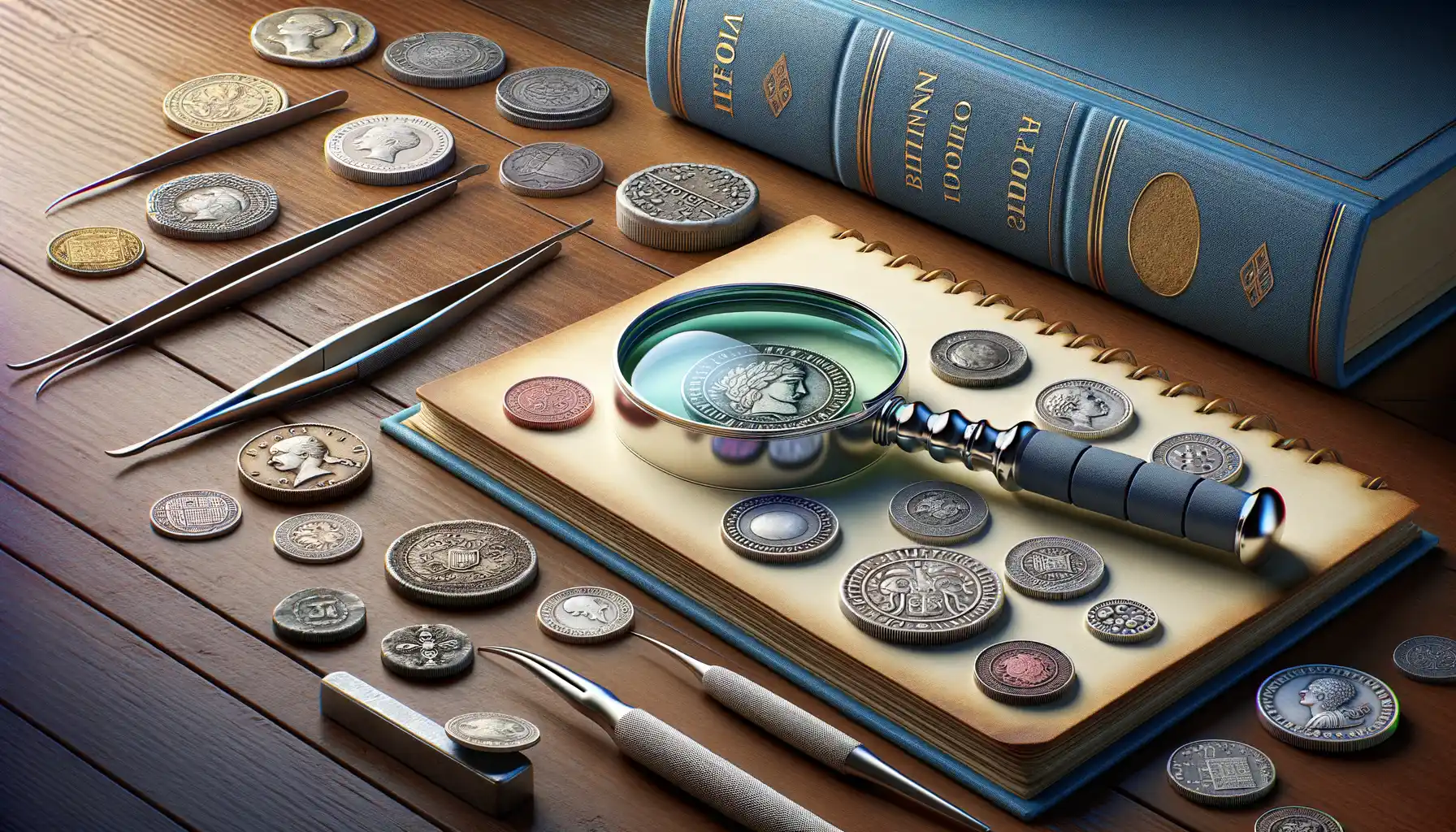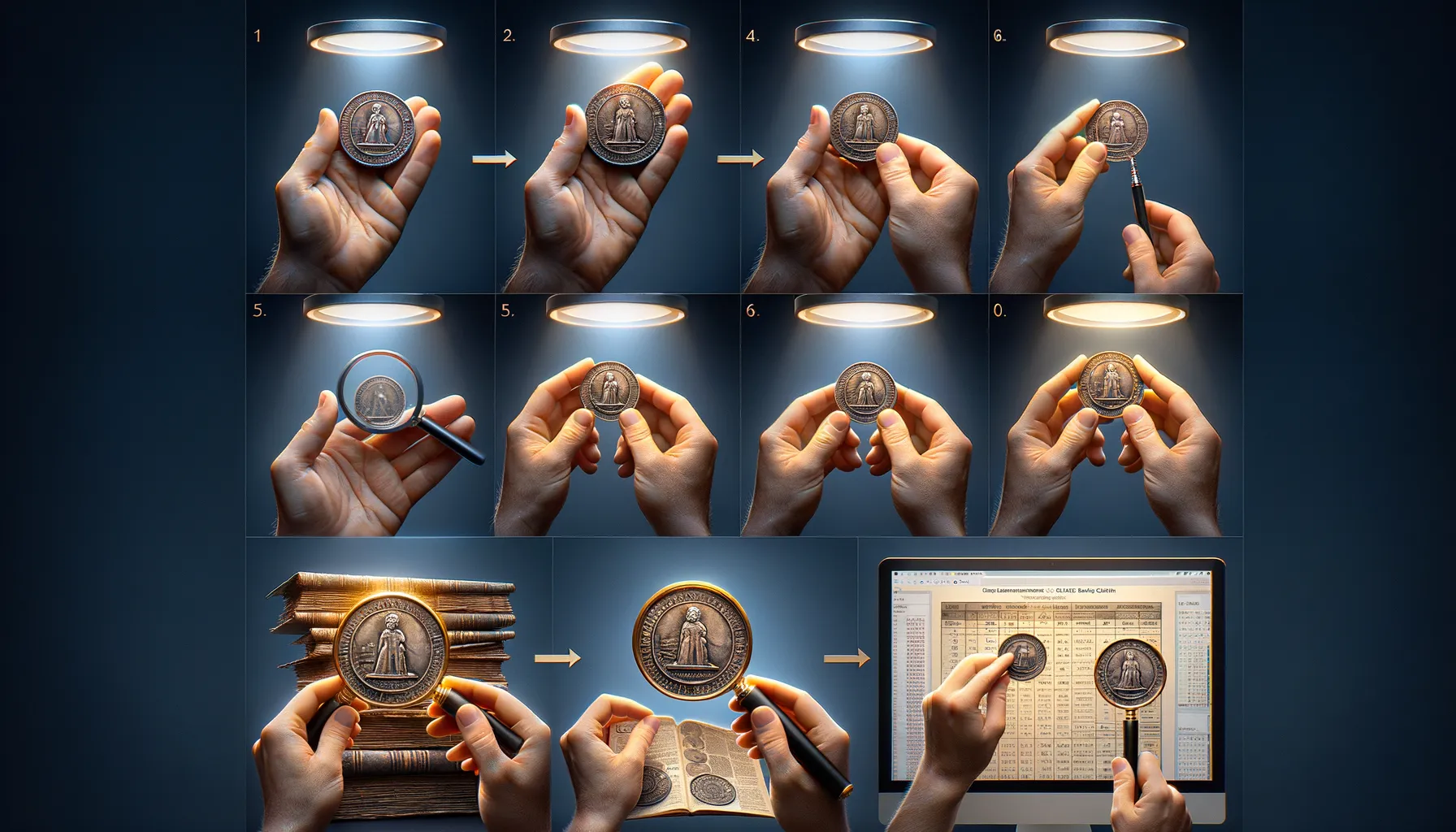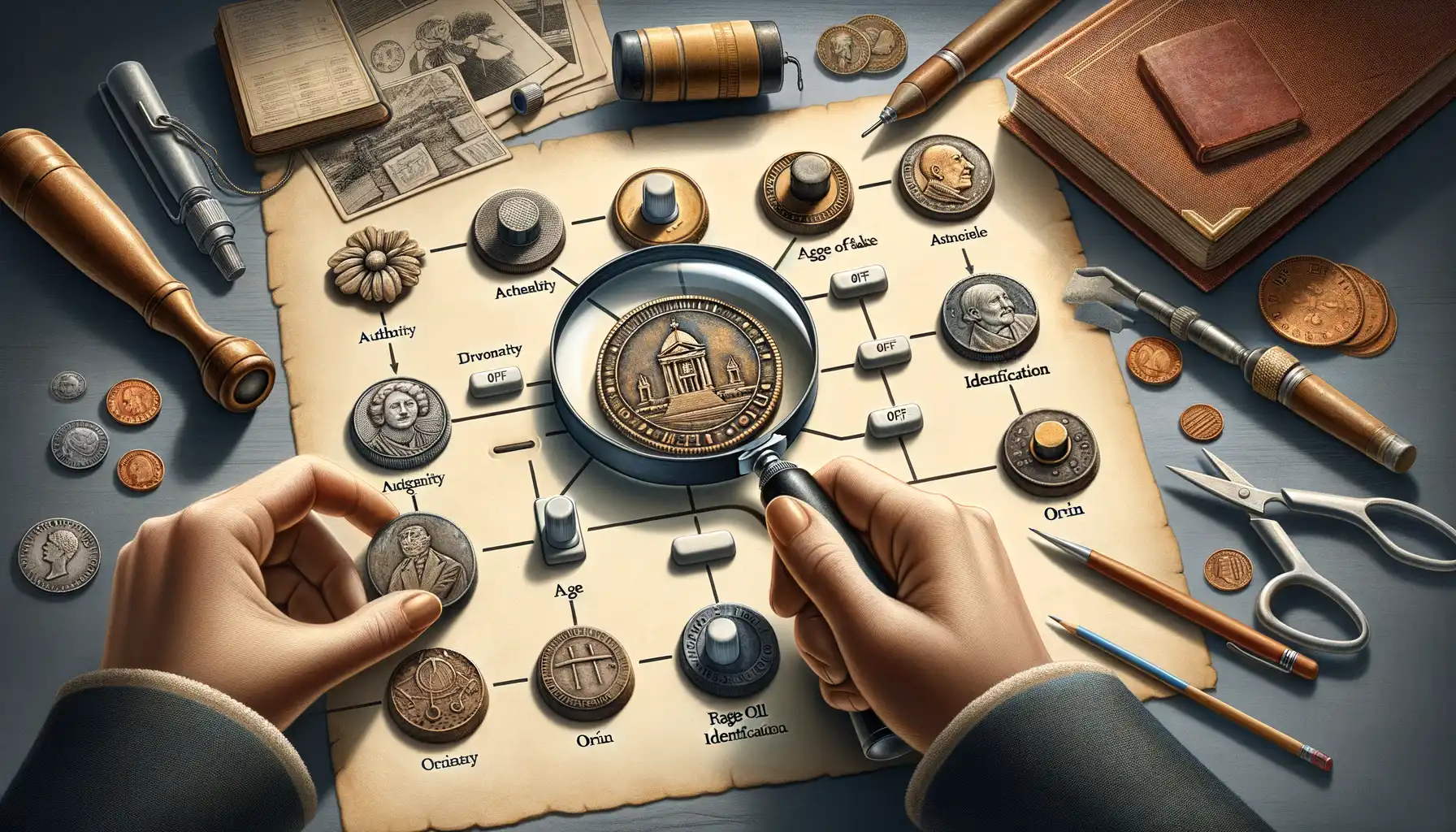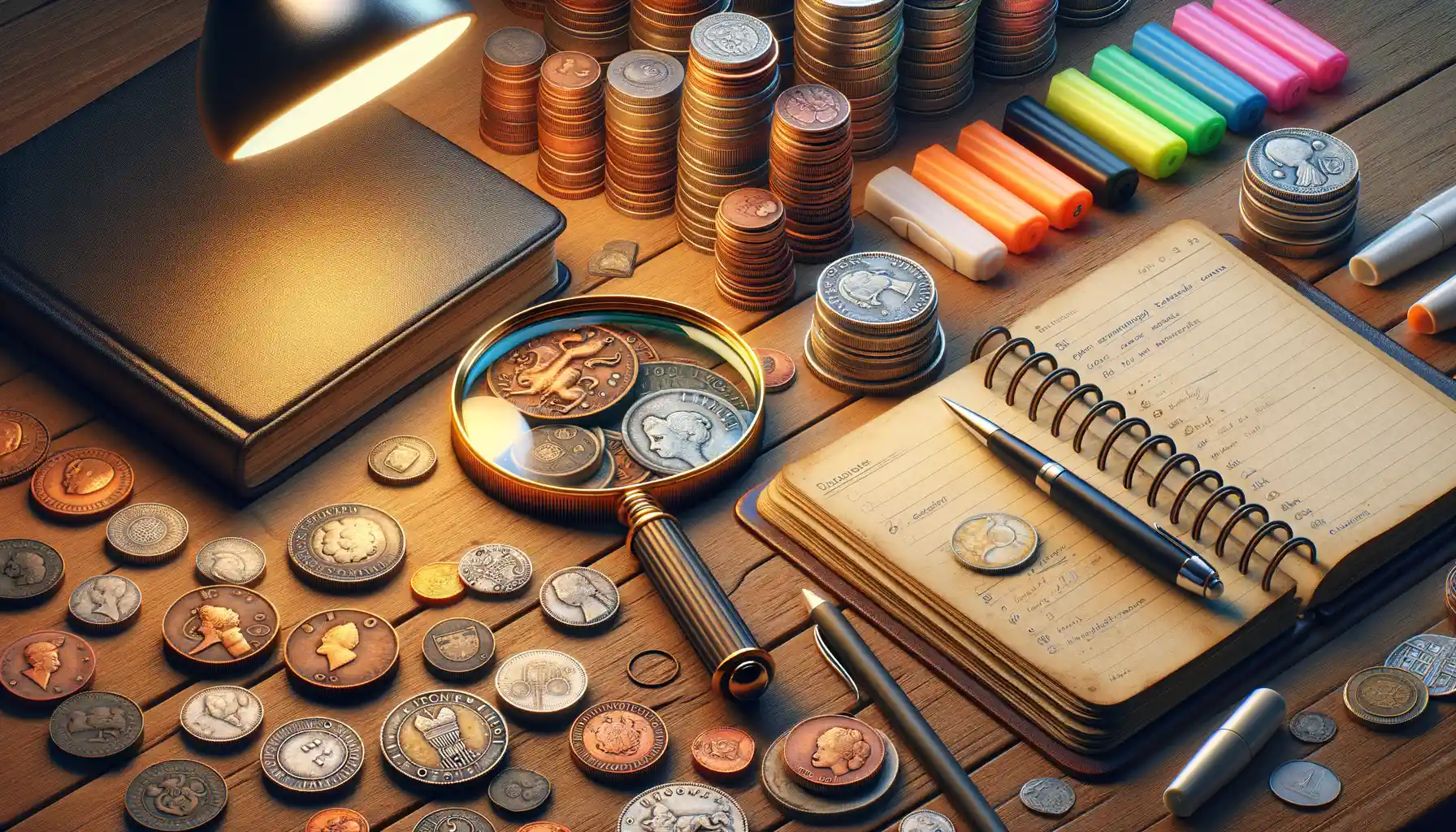Understanding the Basics of Coin History
Every coin you hold in your hand has a story to tell—like a tiny time traveler, it carries whispers of its journey through civilizations, economies, and human hands. To truly appreciate its history, you have to dive into its world. But where do you start? By embracing the fundamentals.
The Secrets Hidden in Coin Design
A coin’s design is more than just pretty etching—it’s a key to its origin. Look closely at the symbols, dates, and inscriptions. That eagle on an old U.S. quarter? It’s not just decoration; it’s a statement of national pride from the early 20th century. Coins often feature portraits of rulers, landmarks, or even mythical creatures, all pointing to their place and time of birth.
- Mint marks: Tiny letters indicating where the coin was produced.
- Edge details: Are there ridges, lettering, or a smooth edge? This can signal authenticity or rarity.
Understanding Their Role in History
A coin isn’t just currency; it’s a snapshot of economic and political shifts. For instance, during wartime, many countries switched to cheaper metals like zinc, making these coins a reflection of resource scarcity. Holding one feels like holding a living fragment of those tense moments in history. Amazing, right?
Tools and Resources for Researching Coins

Unearthing Knowledge with Online Treasure Troves
Researching coins is like embarking on a treasure hunt—except instead of dirt, you’re digging through digital and physical resources. The internet is a goldmine for coin enthusiasts. Start with trusted platforms like Numista or the American Numismatic Association’s website, where you’ll find extensive coin catalogs and detailed databases. Curious about what collectors are buzzing about? Head over to forums like CoinTalk; it’s like sitting in a room full of passionate historians sharing their finds and theories. And don’t underestimate the charm of good old auction websites like Heritage Auctions. They often offer meticulous descriptions and historical tidbits about coins.
- Coin Archives – A library of auction results to assess your coin’s worth.
- PCGS CoinFacts – Indispensable for U.S. coin collectors, brimming with rarity indexes and historical anecdotes.
The Tatty Pages and Local Treasures
Not everything lives online—some of the most exciting clues come from holding history in your hands. Libraries often have vintage numismatic books or catalogs that you won’t find anywhere else. Antiquarian bookshops may surprise you with dusty tomes, filled with forgotten knowledge. And don’t forget local history museums. Many smaller institutions have collections and staff who can provide insights into coins linked to specific eras or regions. Sometimes, a real person explaining the quirks of an obscure mint mark feels more magical than a screen ever could.
Steps to Research the Origin and Value of a Coin

Unveiling Your Coin’s Story: Where to Begin
Every coin has a tale waiting to be told, and your job is to play detective. Start with the most obvious clues—what’s etched on its surface? Examine the details closely. Are there inscriptions in Latin? A monarch’s profile? A date you can barely make out? These markings are like breadcrumbs leading you closer to your coin’s origin.
Next, get hands-on with some tools. Pull out a magnifying glass—it’s your new best friend! Scrutinize mint marks (tiny symbols revealing where the coin was made) or any peculiar scratches that might indicate wear, production quirks, or even counterfeit clues. Don’t forget to note the coin’s material: is it modern-day zinc or ancient silver? Every clue moves you closer to unraveling its mystery.
Pinning Down the Coin’s Value
Now for the million-dollar question—how much is this little treasure worth? This part takes some legwork:
- Check online auction sites like Heritage Auctions or browse price guides such as the Red Book.
- Compare what collectors have paid for similar coins recently—values fluctuate like the stock market.
- Consult a local or online appraisal expert for their insight.
Pro tip: Rarity often trumps condition. A scratched 1794 Flowing Hair Dollar could still make your heart (and wallet) skip a beat!
Common Challenges in Coin Research and How to Overcome Them

Untangling Mysterious Coin Origins
Researching the story behind a coin can feel like unraveling an ancient riddle etched in metal. The first challenge? Deciphering cryptic markings. Coins often bear inscriptions in an unfamiliar language, or symbols that seem straight out of a treasure map. For example, if you’ve ever stared at a coin wondering, “Is this Latin? Or just fancy gibberish?”—you’re not alone. The solution? Start with online tools like Numista’s catalog, which matches markings to potential origins, or post high-quality photos in coin forums where enthusiasts love cracking these codes.
Another hurdle is missing documentation. Sometimes, a coin has no obvious clue about its origin or era. To overcome this, pay attention to overlooked details: weight, diameter, and edge patterns. These small elements can be telltale signs pointing to a specific mint or time period.
- Pro tip: Keep a magnifying glass handy—it’s your best friend for spotting tiny details.
- Use lighting creatively; shadows can reveal worn symbols or dates otherwise invisible.
Navigating Conflicting Information
One moment, your coin seems to be a rare 18th-century token; the next, a common replica worth pennies. Contradictory information is one of the trickiest parts of research. Not every online source is reliable, and even expert opinions can clash. To cut through the noise, prioritize resources like the American Numismatic Association database or trusted auction house records.
It’s also wise to cross-check findings. If one site claims your coin is rare, seek secondary confirmation from another independent platform. Remember, no single source holds all the answers. Think of it as assembling a jigsaw puzzle: every piece of data contributes to the bigger picture.
Tips for Documenting Your Coin Findings

Capture the Story Behind Every Coin
When you discover a coin, you’re not just holding metal—you’re cradling a slice of history. Documenting this journey can feel like keeping a journal for a treasure hunt. Start by noting every detail about your find—yes, every scratch, glint, and patina matters. Use a notebook, or better, a digital spreadsheet to record essentials like date found, location, and any initial observations. Did the coin catch the sunlight in a peculiar way? Jot it down. These moments help transform cold facts into a living history.
For a well-rounded approach:
- Take Photos: Capture both sides of the coin, zoom in on unique details like engravings or wear patterns.
- Create a Backstory: Research the time period it came from and imagine its possible journey before it reached you.
Why Consistency is Key for Your Records
Coin collecting thrives on precision. Create a habit of labeling coins with identification numbers (stickers work wonders!) to link your physical collection to your written notes. It’s an effortless way to avoid mix-ups when handling multiple pieces. Treat each coin like it’s whispering secrets of bygone empires—and keep those whispers safe by staying organized!